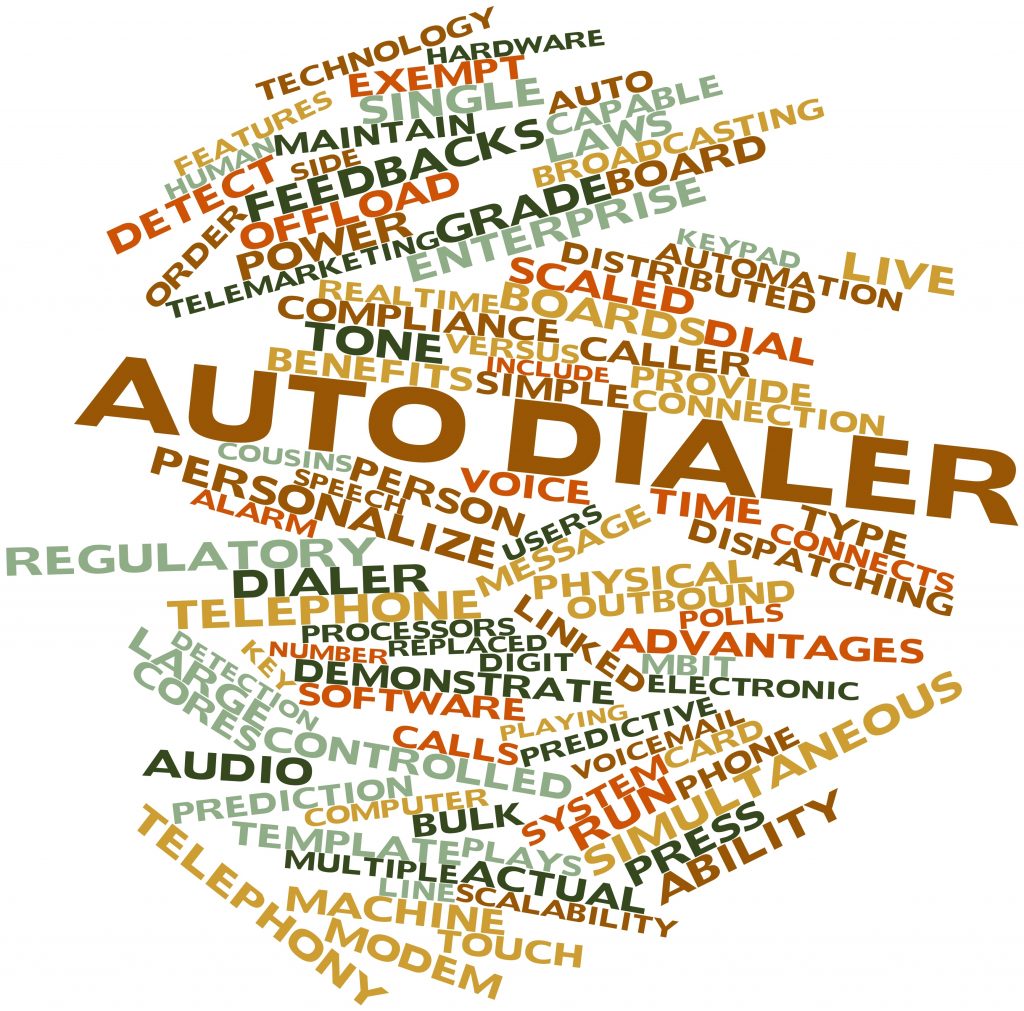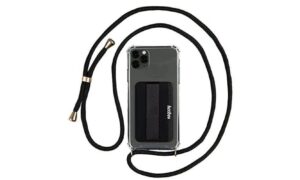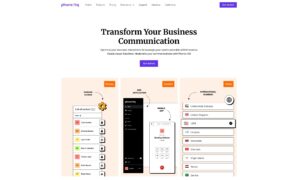One of the key performance indicators (KPIs) in any call center is the time taken by the agent to answer a call. It’s a measure of the organization’s efficiency rather than the agent’s performance. This is always presented in terms of seconds. And, if your personnel require a lot of seconds to pick a call, then, you need to work on improving your system.
Back in the day, call centers used manual dialers to complete these tasks. An agent would manually input the recipient’s phone number and wait for it to go through. Obviously, this meant that a huge percentage of the working hours was used in trying to get a hold of the customer. Later, there was an introduction of auto dialers to help increase the amount of agent talk time. As technology continues to advance, new dialers with more sophisticated features have been designed. Most dialing service providers, like Call Cowboy, give you the option of using either or both of auto and predictive dialers.
Despite their distinct ways of operation, many people still don’t know the difference between the two dialing platforms. This article aims to make these distinctions clear and help you pick the right one for your business.
What Is An Auto Dialer?
An auto dialer is an automated software or device that automatically dials phone numbers from a predefined list of contacts. It either connects the caller to a live person or plays a prerecorded message, depending on the recipient. Many contact centers have this as their default call system given its advantages over the manual dialing technique. As earlier stated, it was introduced to ensure that the agent talk time is increased significantly. In addition, this technology created space for more calls to be made per day. Usually, one would subscribe to this service on a monthly, quarterly, or annual plan.
What Is A Predictive Dialer?
A predictive dialer works in a similar fashion as auto dialing systems. It picks a number from a contact list and dials it, then, passes the call to a live agent once it’s connected. Unlike auto dialers, this is designed to predict whether the recipient is available, busy, or the call has been diverted to voicemail. All these features were introduced to save time and ensure that more customers are served within a given period. So, what sets this system apart from automatic dialers?
The Main Differences Between These Dialers
1) Ease Of Setting Up
Basically, from their definitions, a predictive dialer is a more sophisticated auto dialer. It comes with more advanced features, which means you’ll need enough technical skills to be able to set up your system. Key parameters that must be configured include the number of agents at the call center, call pacing, and call drop ratios. Auto dialers, on the other hand, are very easy to set up. In fact, most of them come already configured to fit your current business design. However, that doesn’t necessarily mean that they’re the better option than predictive dialers.
2) Call Waiting
Another huge difference between these systems is in the call waiting department. Since auto-dialers aren’t intelligent enough, calls aren’t automatically sent to the next live agent. As such, the caller will have to wait until the locked agent complete their current call. Obviously, this is a disadvantage since customers will be left waiting in line even if there’s a free teller available.
However, this is something you’ll not experience with a predictive dialer. Here, the system is able to predict which agent will be ready to receive the next call and at what time. Therefore, customers won’t have to stay in line for long, hence, more people are served per day. Keep in mind that even an addition of one new client to your company is a huge positive and should always be your priority as a company.
3) Data Mining
Simply put, data mining involves the conversion of raw data to useful information that can be used by a company to enhance its operations. This technique helps businesses to learn more about their customers and integrate new policies to increase productivity. A predictive dialer has the capacity to do this. given the fact that it collects information, such as customer availability and the frequency of call connection. An auto dialer, however, isn’t designed to save this data, hence, it can’t be used in data mining.
4) Agents Idle Time
This is defined as the time wasted from the moment the agent dials a number until when the call connects to the desired recipient. Going back to the dialers used in the old days, the employee had to do everything manually. One would search for the contact from a long list, dial it, and wait for the answer. When the recipient isn’t around and the call goes to voicemail, that’s precious time wasted. Also, if the number is no longer in service, that’s another waste of time that could’ve been avoided, at least with the current technology.
With auto dialers, you don’t actually have to manually input the phone number. However, the rest of the features are similar to those of manual dialers. Since they’re not an intelligent system, an agent might be free for quite a long time while waiting for the auto dialer to pass through a connected call.
A predictive dialer is different in the sense that it can detect whether the number is still in service or the one answering is a real person. It does this way before it even commences dialing the number. As such, you can be sure that all your agents will be occupied most of the time as the dialer will patch them through to a lot of calls within a given period.
5) Overall Productivity
Are you on the lookout for a call system that will give you the best output? Predictive dialers are more productive than auto dialers in any call center. For one, the amount of agent talk time is increased significantly since there’s no call waiting. Although they both get rid of the repetitive actions, such as manual dialing and scrolling through contact lists, there’s still a lot of time lost when the numbers called don’t go through. Using a predictive dialer saves your company at least one or two hours every day. This is a significant amount of time that can be used to make more conversions and win sales.
In addition, your company has a chance of making important adjustments when needed using the information collected through data mining. For instance, you could go ahead and categorize your customers according to their age, social background, and place of origin. These pieces of information could be crucial in improving user experience, and it may also give the agents some hints when negotiating deals. At the end of the day, the company might be in a very good position to make more sales and attract more customers.

Why Should You Make The Shift From Manual Dialers?
Inasmuch as technology has advanced, there are still many companies stuck with the ancient approach. If you’re a manager of such an organization, then it’s time to adopt the new methods.
Here are some advantages of robo dialers over the old system:
- Operation Efficiency
One important similarity between auto and predictive dialers is that they’re both geared towards increasing the efficiency of call center operations. Of course, this isn’t something you can associate with manual dialers. Agents working with the old systems are prone to a lot of mistakes, given the fact that everything has to be done manually. For example, as one searches for a particular number in a contact list, they can easily dial the wrong digits.
At the end of the day, a lot of time will be lost in trying to correct the mistakes. Robo dialers, on the other hand, are designed to get rid of such issues and ensure that the company enjoys more output, without straining the available personnel. Having an automatic dialing system means the overall call center operations will be significantly affected by an agent’s mistake due to a lot of stress. Therefore, a robo dialer should be up there with other business software programs on your priority list.
- Idle Time
As earlier stated in the article, agent idle time is all about the time wasted while waiting for the call to connect. The few seconds lost before every call add up to several hours within a week, and that’s a lot of time even for a small business. Predictive dialers are designed to skip the call if it detects the elements that might prevent it from being picked up immediately. Of course, some factors, such as the recipient’s proximity, can’t be controlled, but the system still does the job as expected. Consequently, less time is wasted and more customers are served, which is a positive aspect as compared to manual dialers.
- Agent Talk time
Of course, with less idle time, agents get enough time to talk with customers. This is a very crucial factor in any marketing field, especially if the prospects are quite hard to convince. On average, the time may increase from about 20 minutes to 50 minutes per hour. That’s a 30-minute rise, which means better customer engagement and more sales won.
Keep in mind that even as agent time increases, the overall output will still depend on the quality of the agents. Do they have the marketing skills needed to convince prospective customers? You can measure this by checking the percentage of customers won per every set of calls made. Also, the feedback from the callers or call recipients should give you the necessary hints.
- Lead Conversion Rate
When you employ the sophisticated features of predictive dialers, you get to enjoy the agility they bring with them. Suddenly, the call process becomes simple and a lot faster. Perhaps, the best thing about these dialers is the fact that you get a snapshot of the customer’s contact seconds before the call is connected. As such, the agent gets enough time and information to prepare on how to start the conversation.
Remember, the more data you collect on your prospective clients, the higher your chances of winning their hearts. Your employees will be able to drive personalized conversations, which is a very important factor in any marketing strategy.
- Real-Time Monitoring
Another reason why you should move to more advanced dialing systems is that it gives you the ability to monitor and report on every agent’s performance. The customized dashboards and reports give the manager an insight into the skills and overall abilities of each employee. Both auto and predictive dialers give a quick access to call recordings, which can be referred to when assessing the agents. As such, managers get to know the personnel that need more training or those whose performance are bringing in more customers.
Conclusion
Predictive and auto dialers have both been around for some time now, but the former was introduced as an improvement to what auto dialers offered at the time. The main difference between the two is the sophisticated features added to predictive dialers. As their name suggests, they’re able to predict whether the call is going to be productive even before dialing the number. By so doing, it minimizes the amount of time an agent has to wait before they start speaking to prospective customers.
Another thing that distinguishes predictive dialers from all the other robo dialers is the process of setting them up. Since they have more advanced features, they require a lot of configurations before you can start using them. The advantage, however, is that you have the ability to mine a lot of important data that will help in improving the organization’s performance. Generally, it’s safe to say that predictive dialers are more productive than auto dialer systems because of the benefits they bring on board. Therefore, if your company is yet to move to adopt the new technology, it’s time to do so if you want to remain competitive in the market.



































